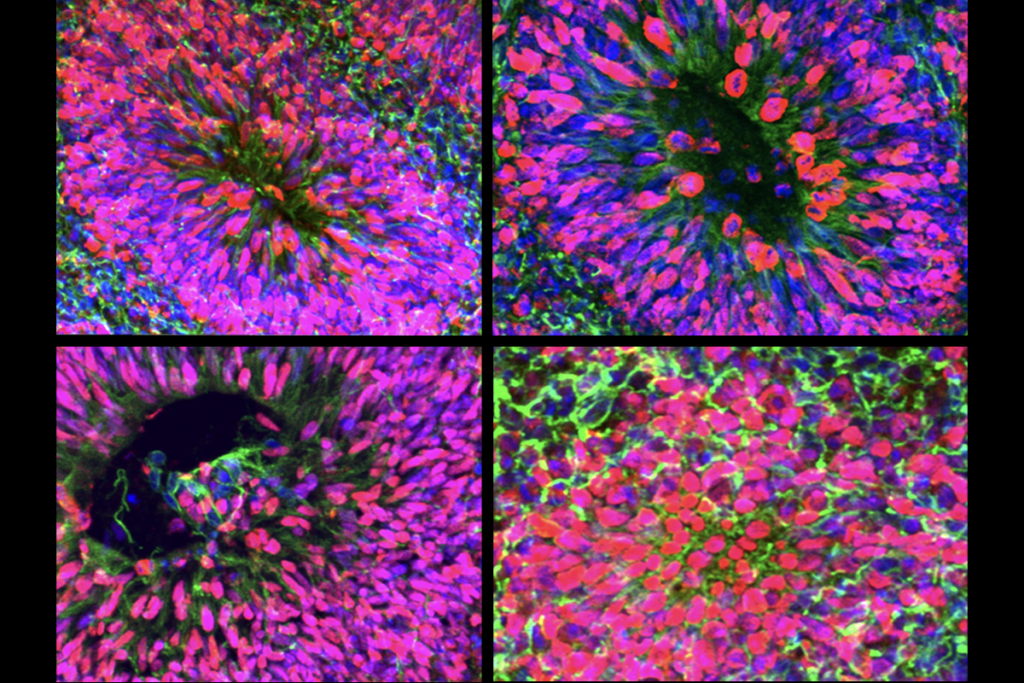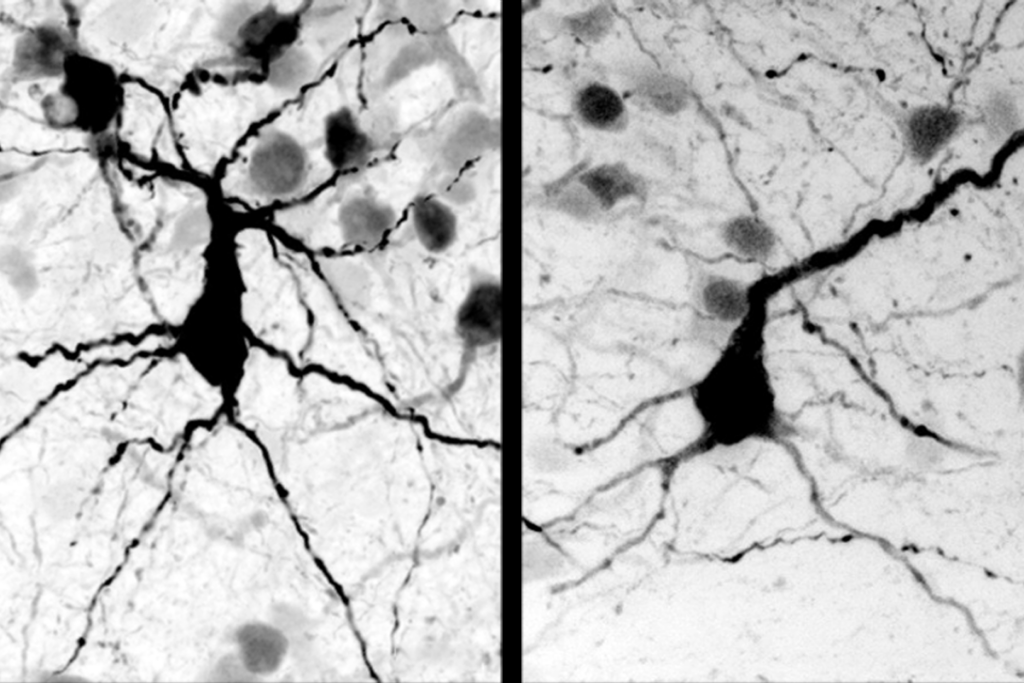See-through sensor offers window into brain activity
A transparent sensor crafted from thin sheets of carbon allows researchers to record brain activity in mice, reports a paper published 20 October in Nature Communications.
A transparent sensor crafted from thin sheets of carbon allows researchers to record brain activity in mice, reports a paper published 20 October in Nature Communications1.
The 2-millimeter square sensor may help autism researchers link signaling defects in subsets of neurons to behavioral impairments in mouse models of the disorder.
A technique called optogenetics uses light to activate neurons in awake animals such as mice. But the method has some limitations. For example, metallic electrode arrays typically used to record neuronal firing block the light and turn off the cells. Attempts to make the arrays out of indium-tin oxide — a transparent material used in solar cells — yield devices too brittle to bend over brain surfaces.
The new sensor overcomes both of these problems: It is transparent and flexible.
The researchers tested the sensor in mice expressing the light-sensitive proteins necessary for optogenetics in a subset of neurons in the cerebral cortex. Light passes through the sensor and triggers neuron firing, which the sensor records.
The researchers are patenting the sensor; they have also developed a slightly larger version for experiments in rats.
The majority of the sensor is clear, but the traces and circuit elements are made of gold, which doesn’t affect the transparency because the components are so small. More circuit-heavy versions — brain-stimulation devices, for example — may need to be fully transparent, the researchers say.
References:
1. Park D.W. et al. Nat. Commun. 5, 5258 (2014) PubMed
Recommended reading

New organoid atlas unveils four neurodevelopmental signatures
Explore more from The Transmitter
Snoozing dragons stir up ancient evidence of sleep’s dual nature

The Transmitter’s most-read neuroscience book excerpts of 2025


